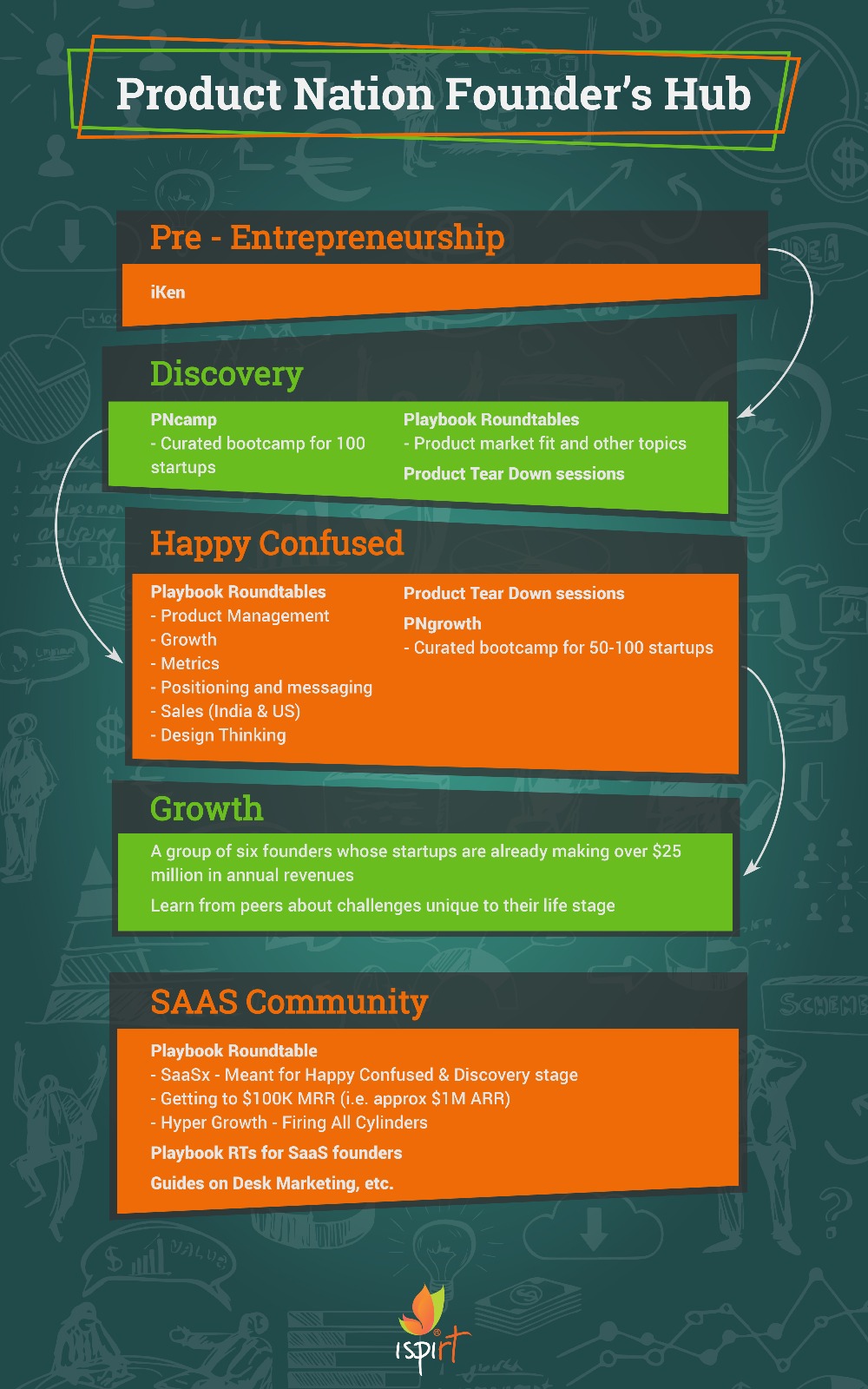[Update 29-Mar] New April Session Dates – Symposium RT is being scheduled for Bangalore & Chennai (21st & 28th April).
“Tectonic” market shifts happen every few years creating a change in landscape, market and opportunity. The most recent “tectonic” shift is the emergence of the Artificial Intelligence era. In just the same way electrification in the early 1900s transformed major industries globally, AI, Machine Learning & Deep Learning are poised to transform a multitude of industries, services & products.
It took 100 years from the discovery of electrical generator to electrification of industries. AI is doing this in a span of 70 years (from the time of the Turing Test).
AI/ML has gone through many winters and is now in its eternal spring. It portents a new framework for startups to navigate and evolve from an internet era startup into an AI era startup.
Every new era shift begins with a lot of smoke and hype before it is well understood. iSPIRT ProductNation & Julia are launching a set of AI/ML playbook roundtable & workshop sessions to dispel the hype around AI, and help bring a pragmatic mindset & process change necessary for product startups to leverage AI/ML. We believe AI is not just a technology shift. It is a combination of product, business, and technology shift. Adapting to it requires a new paradigm of thinking to build a viable value strategy. This needs to be done mindfully and in context of the value you offer to the customer, do not rush in with the AI hype.
These multi-step playbooks are for all categories of startups regardless whether they are AI-First or SaaS, and MarTech, FinTech, HealthTech or any other <Domain>Tech category, startups who are looking to deliver a higher order value to their customers by leveraging and applying AI models with their data.
Since AI/ML is still in its early years there aren’t any proven success playbooks. Hence these deep sessions will bring together AI experts, AI Mavens (entrepreneurs who are more ahead in their AI journey), iSPIRT Mavens, and selected startups, to discuss & share their insights, challenges & learnings on the mindset shifts outlined above and best practices adopted. The 2-step playbook roundtable sessions focused on founders (+1 typically CXO) and a hands-on lab workshop are a sequence of:
-
- AI/ML Symposium RT (step 1) – An invite-only 3 hour mini-symposium playbook with AI/ML experts, first mover AI leaders & Mavens from our startup community and 10-15 invited startups, focusing on Why AI/ML? What was the higher order value being created? How to identify the opportunities to leverage AI? What do you need to get started with AI (if not already running)? Data needs for AI/ML investments… The shared awareness created in this session, combined with the commitment by startups to articulate their AI/ML opportunity, and detail their approach will lead to the next AI/ML roundtable.
- AI/ML Playbook RT (step 2) – Startups at similar AI readiness from the Symposium will be invited for a 5-hour deep-dive roundtable discussion on the AI/ML challenges in the context of the startup domain, effectively going through their AI/ML readiness & approach (a review & teardown). Topics would emerge from the Symposium RT and could cover data collection & modeling strategy, AI transformation algorithms, Business model innovation, Success metrics… This session is restricted to 5-6 startups (having similar AI needs) per roundtable and an AI Maven to facilitate the topics & discussion. Possible outcomes for each startup would be to develop an action plan/checklist for next few months of execution. Additionally, startups can identify a tiger tech team to go to the AI/ML Training Lab to get traction for their checklist…
- AI/ML Training Lab with Julia Sandbox (optional) – A 3+ day workshop intended for the 3-4 person tiger tech teams (CTO, Engg, Data guy, PM…) from each startup. The workshop will help focus on building competency, getting traction & executing implementations related to the checklist developed at the roundtable.
For the first set of these playbooks, we are inviting nominations/applications for startup founders (+CXOs) who are either directly focusing on AI-based opportunity or have started integrating AI/ML as a core strategy for their product growth/success. Please provide your nomination for startups you believe should be part of the first series of the AI/ML playbooks. If you are a startup and interested to be part of this please register below. On final approval, an invite confirmation will be sent via email.
Please submit your nominations here. A registration link will be sent to your nominee.
Dates & Venue for the first of the series:
AI/ML Symposium RT #1 – 10th Mar (Sat) 2p – 5p Done
AI/ML Symposium RT #2 – 21st Apr (Sat) 11a – 2p @ Bangalore TBD
AI/ML Symposium RT #3– 28th Apr (Sat) 10a – 1p @ Chennai TBD
AI/ML Playbook RT – Apr-TBD (Sat) 11a – 5pm @ Bangalore TBD
AI/ML Training Lab w/ Julia – Apr-TBD @ TBD (Bangalore)
While the sessions are in Chennai/Bangalore, we believe this topic is of emergent interest to startups across the country and would invite all to register.
AI Mavens
Ashwin Ramasamy – PipeCandy
Manish Singhal – pi Ventures
Nishith Rastogi – Locus.sh
Shrikanth Jagannathan – PipeCandy
Cost
All iSPIRT roundtables are pro-bono (read below for how that works)
This series of playbooks is being setup by active support from our Mavens & Volunteers – Ankit Singh, Deepak Vinchhi, Karthik KS, Praveen Hari, Ravindra Krishnappa, Sandeep Todi.
P.S. Some great material for pre-reading
I strongly recommend all to go through many of these.
-
- AI Startups Market Map – Top 100 AI companies mapped/categorized to domains & functions.
- Classifying AI Companies – https://startupsventurecapital.com/what-it-means-to-be-an-ai-company-45bc7bc55750
- Have Data? Get Intelligence! – Manish Singhal from pi Ventures on why mining data intelligence is critical for all startups.
- This can’t be overemphasized: good AI depends upon good data.
- AI is the new Electricity – Awesome video session by renowned Stanford Prof Andrew Ng (90min full session) – Salient points from both videos summarized below (with a hotlink to the time in the full video):
-
- Most of the current AI is based on Supervised Learning – Input A → Output B https://www.youtube.com/watch?v=21EiKfQYZXc&t=7m17s
- AI can very easily automate what humans do. It is very difficult for AI to automate what humans cannot do. AI rule of thumb Feasible – Data – Insights (by humans). https://youtu.be/21EiKfQYZXc?t=15m30s
- Neural nets are no longer analogous to brains. In Supervised learning Input A → Output B, neural nets can make inferences within the A → B path by finding C as a data point between A & B e.g. A → C → B https://youtu.be/21EiKfQYZXc?t=24m19s
- The positive feedback of the Virtuous cycle of AI DATA → (better) PRODUCT → (more) USERS → (more) DATA… https://youtu.be/21EiKfQYZXc?t=34m46s
- There is no clear path to an evil (killer) AI or sentient AI. “Worrying about evil AI killer robots today is a little bit like worrying about overpopulation on the planet Mars.” https://youtu.be/21EiKfQYZXc?t=37m19s
- A more serious issue is the job displacement AI will drive and as leaders promoting/enabling AI we have a responsibility to think about how to help displaced people reskill for new jobs. https://youtu.be/21EiKfQYZXc?t=60m53s.
-
- A shorter (30min) State of Artificial Intelligence by Andrew Ng:
- What can AI automate? AI rule of thumb for product managers “Look for things a person can do in < 1sec”, AI can automate that. https://www.youtube.com/watch?v=NKpuX_yzdYs&t=4m30s
- Great infographic illustration in this tweet https://twitter.com/TessFerrandez/status/953334000311029766
- “How did you go Bankrupt… Gradually and then Suddenly” – Anand Sanwal (cbinsights).
* All iSPIRT playbooks are pro-bono, closed room, founder-level, invite-only sessions. The only thing we require is a strong commitment to attend all sessions completely and to come prepared, to be open to learning & unlearning, and to share your context within a trusted environment. All key learnings are public goods & the sessions are governed by the Chatham House Rule.
* The Julia team is on a social mission to train a large number of people in India to develop grassroot skills and competency with AI & ML.
+Feature image from https://www.flickr.com/photos/gleonhard/34046647175/


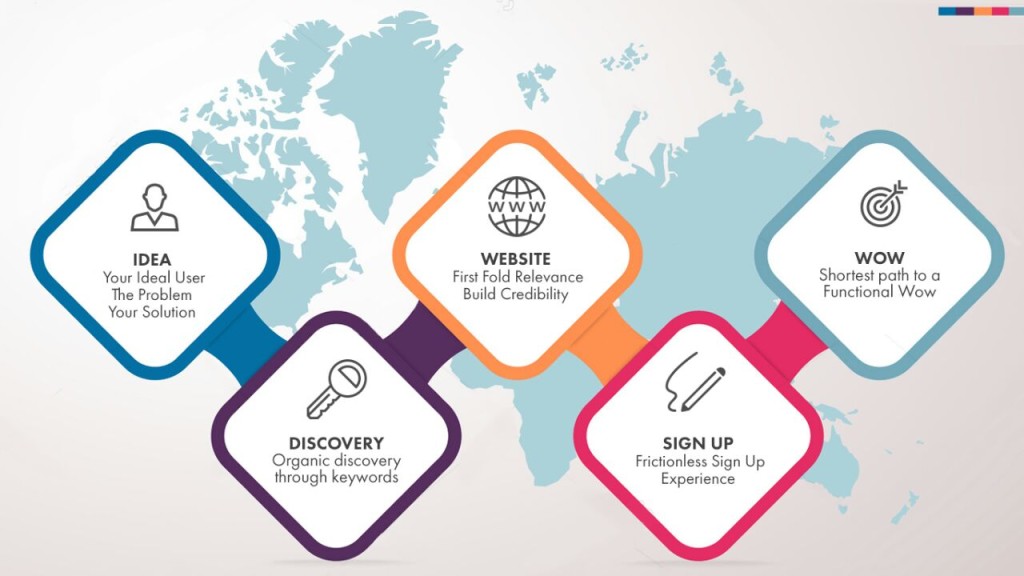
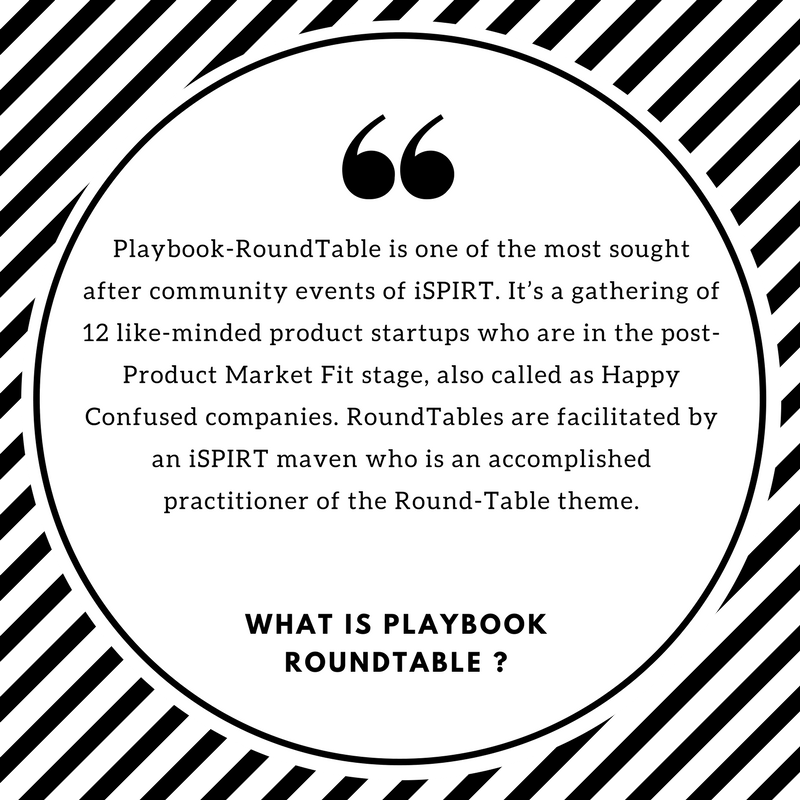

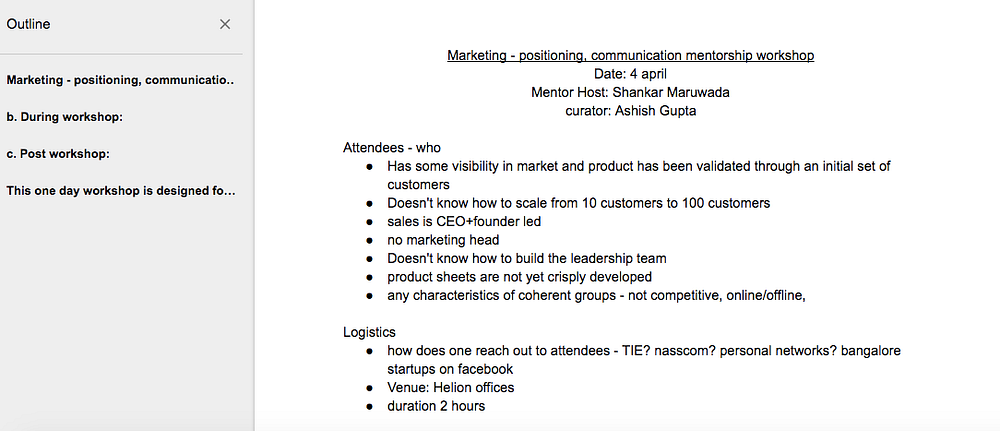


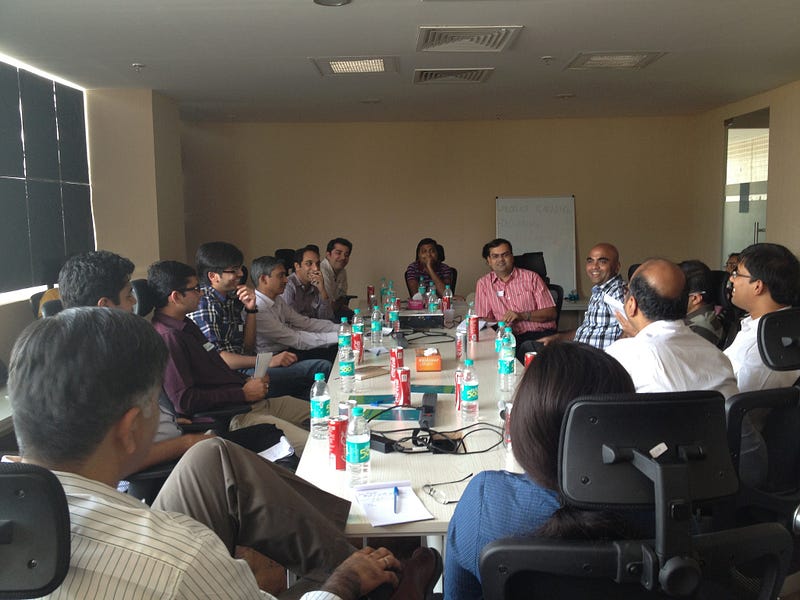

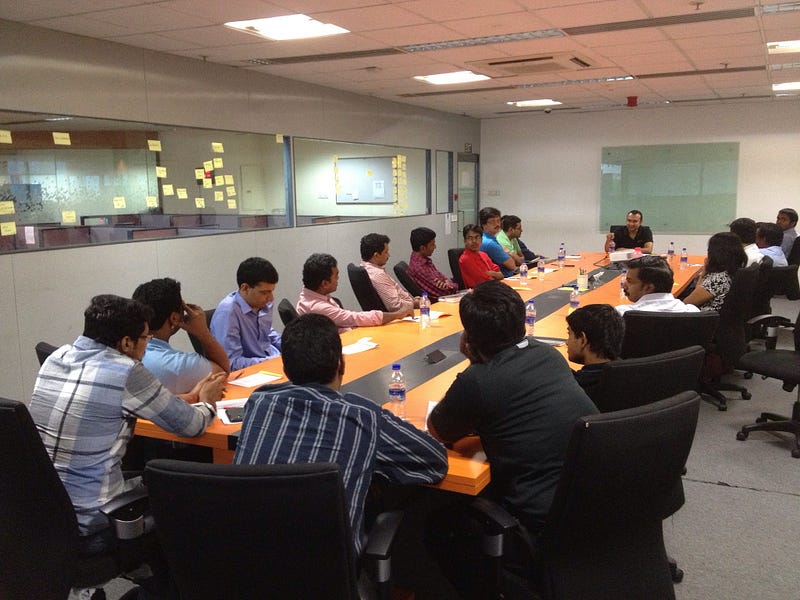
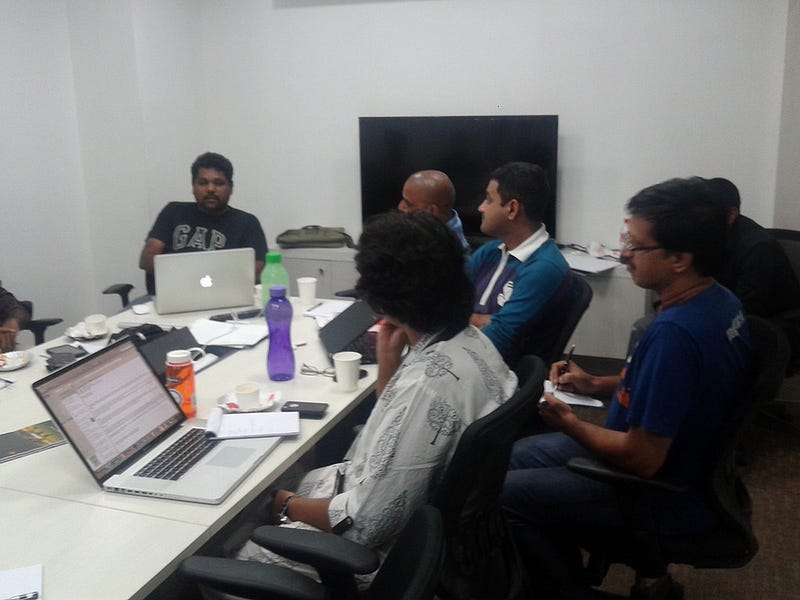


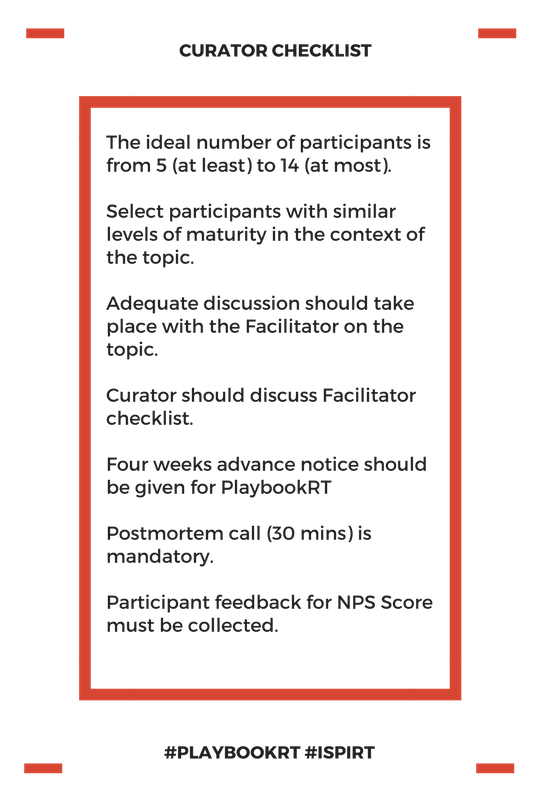
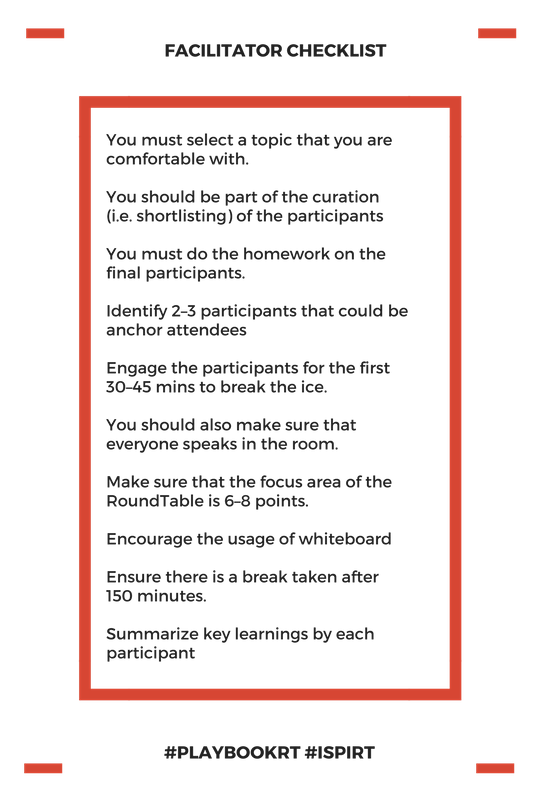

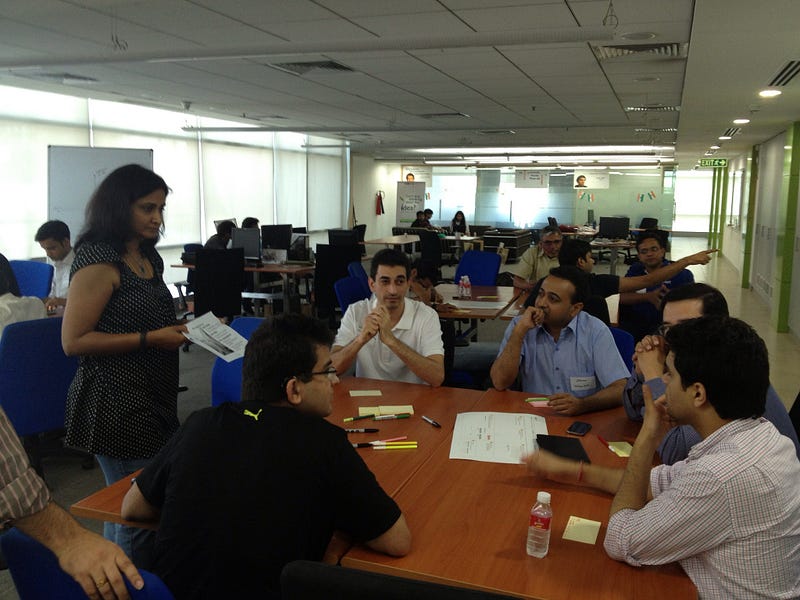
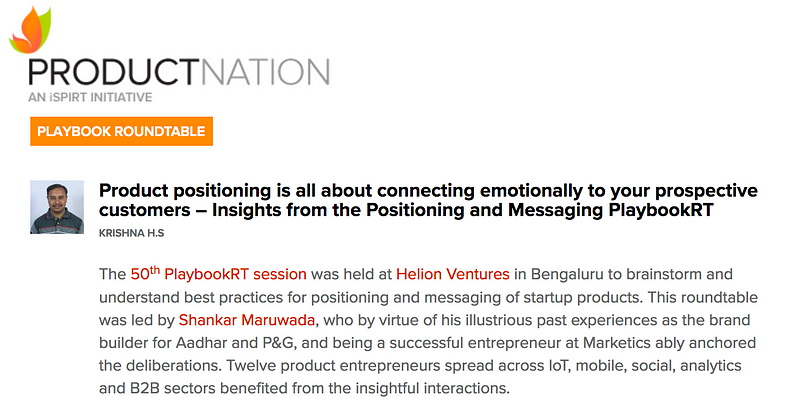
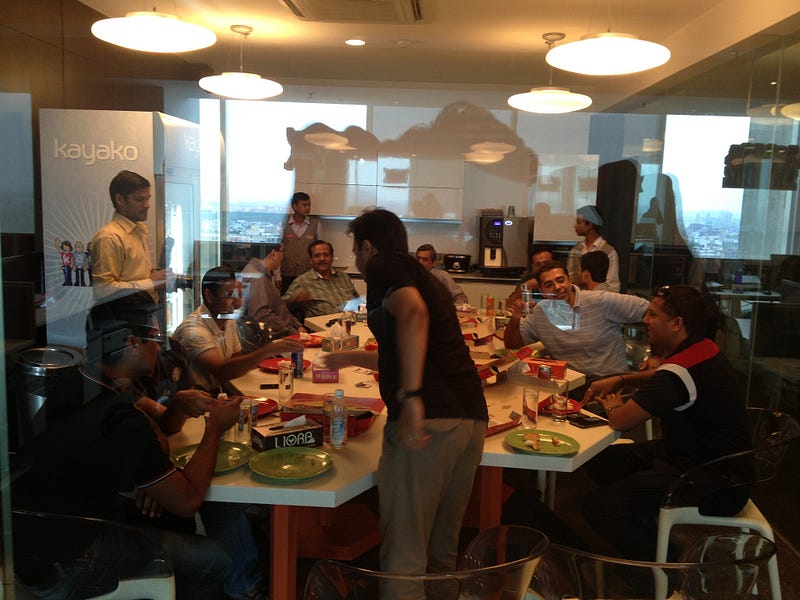

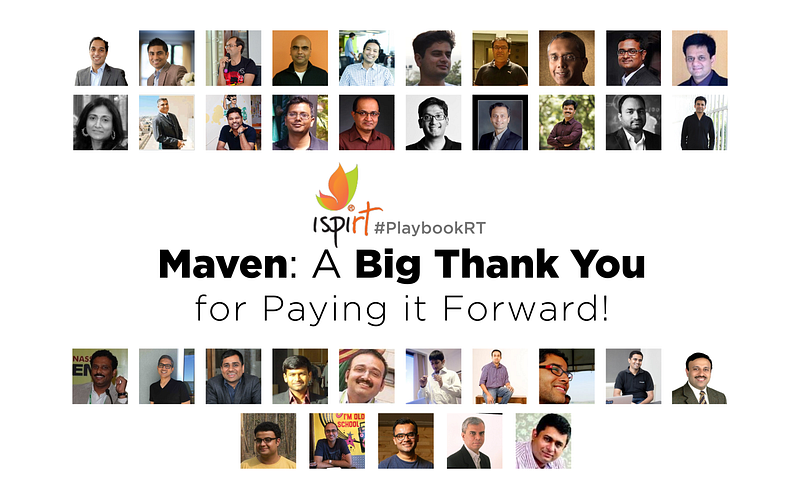

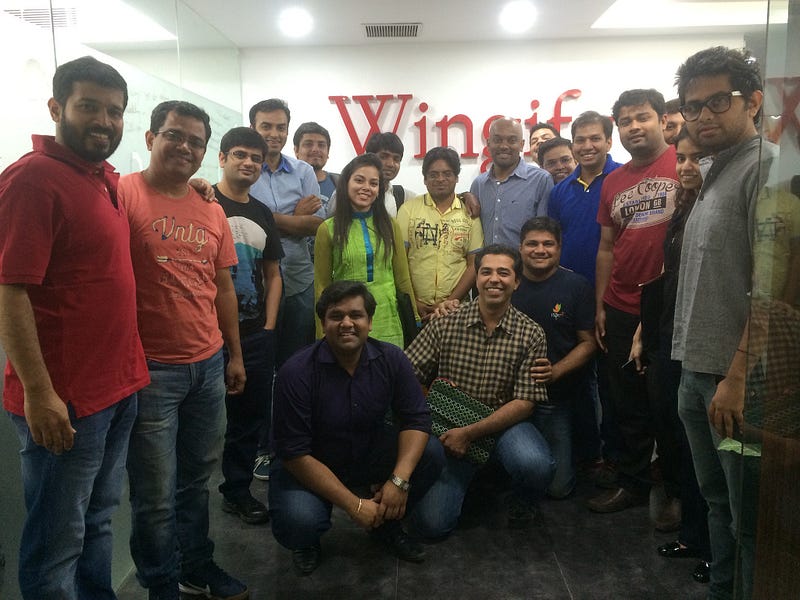








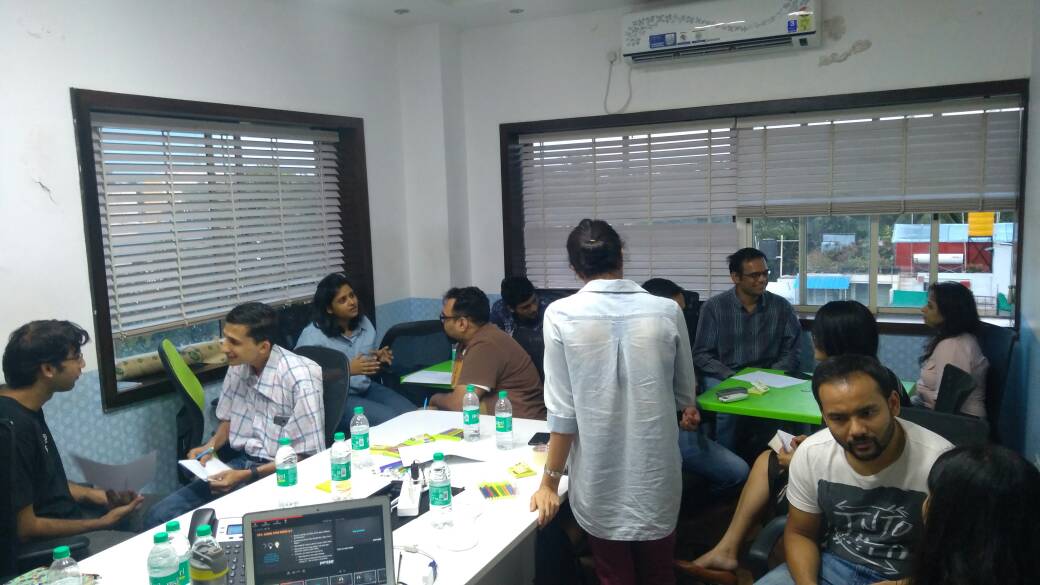

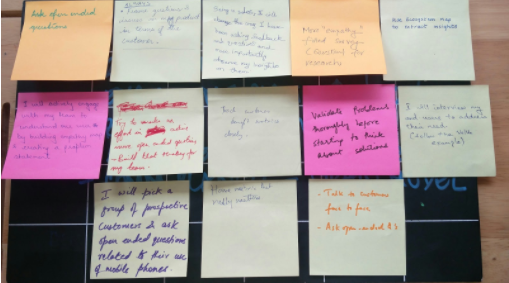
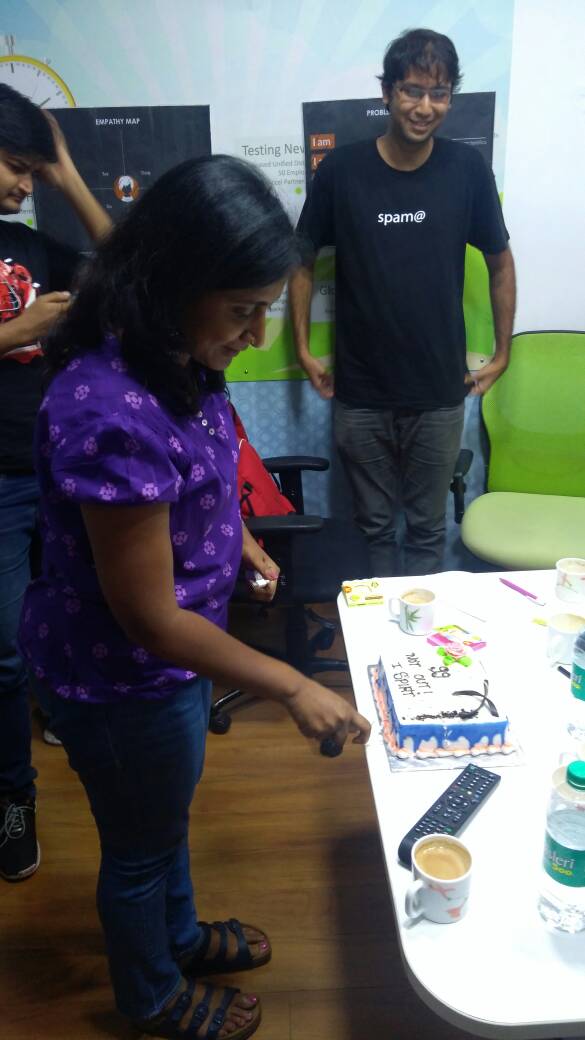
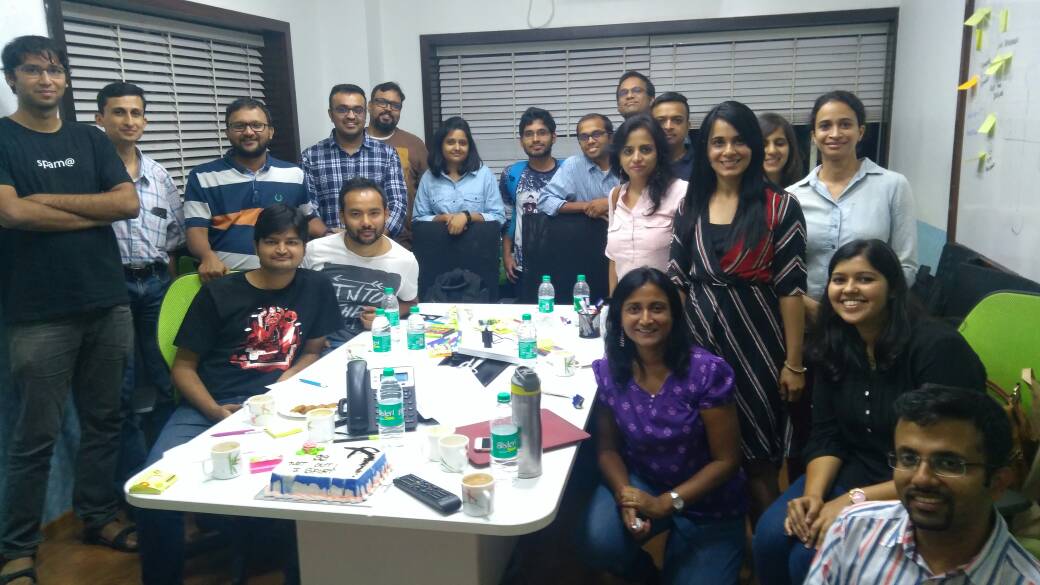



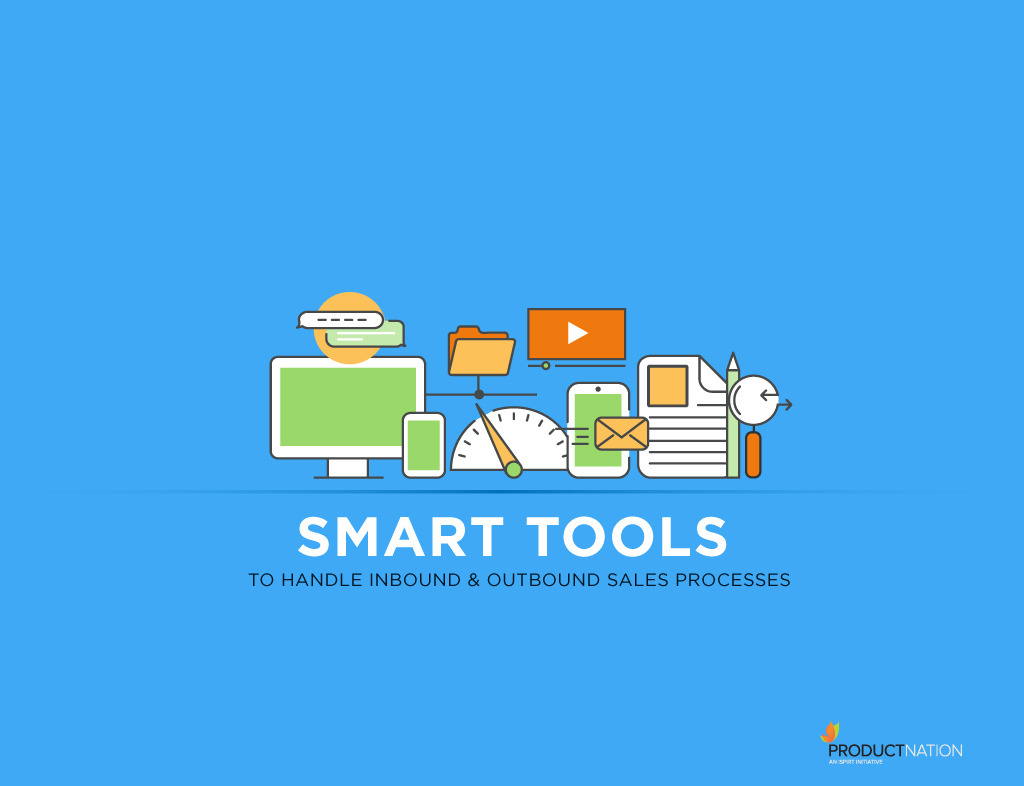 Content is still King, so let’s lead with it.
Content is still King, so let’s lead with it.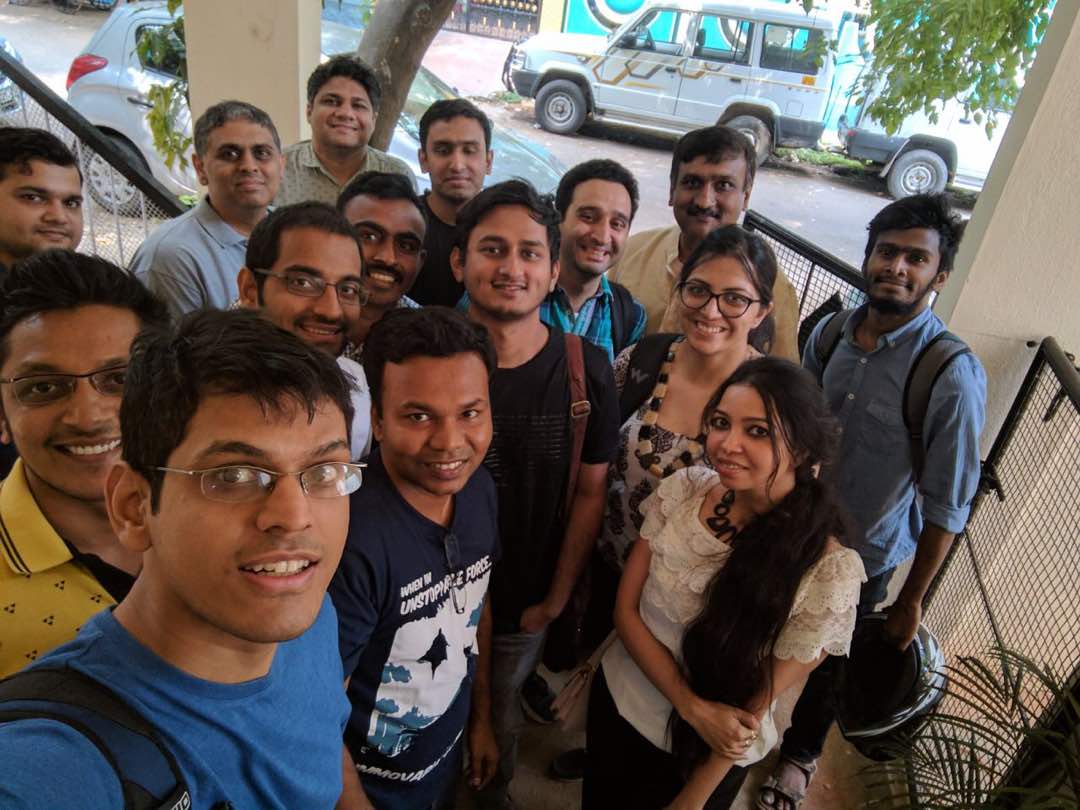 Disclosure : I am
Disclosure : I am 
 Think of this as group study for 7th class students in an age where there no school & teacher and one has to pass the 10th standard board exam. Some one who has done that leads the group study.
Think of this as group study for 7th class students in an age where there no school & teacher and one has to pass the 10th standard board exam. Some one who has done that leads the group study.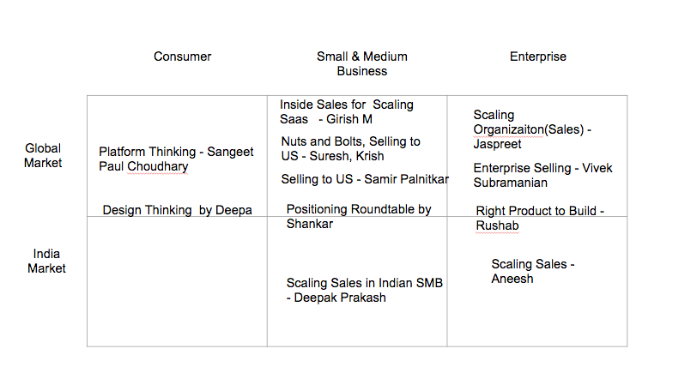
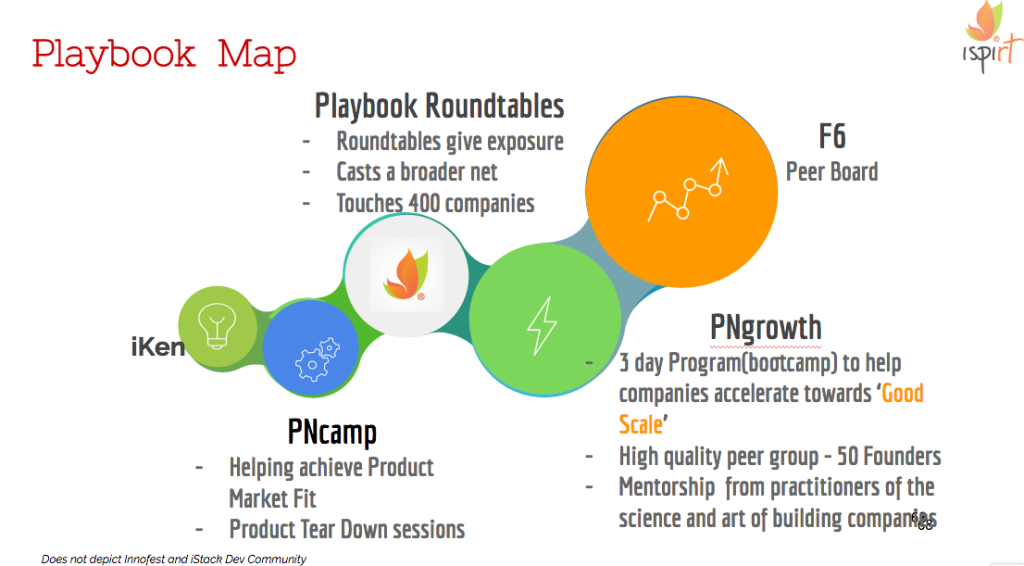
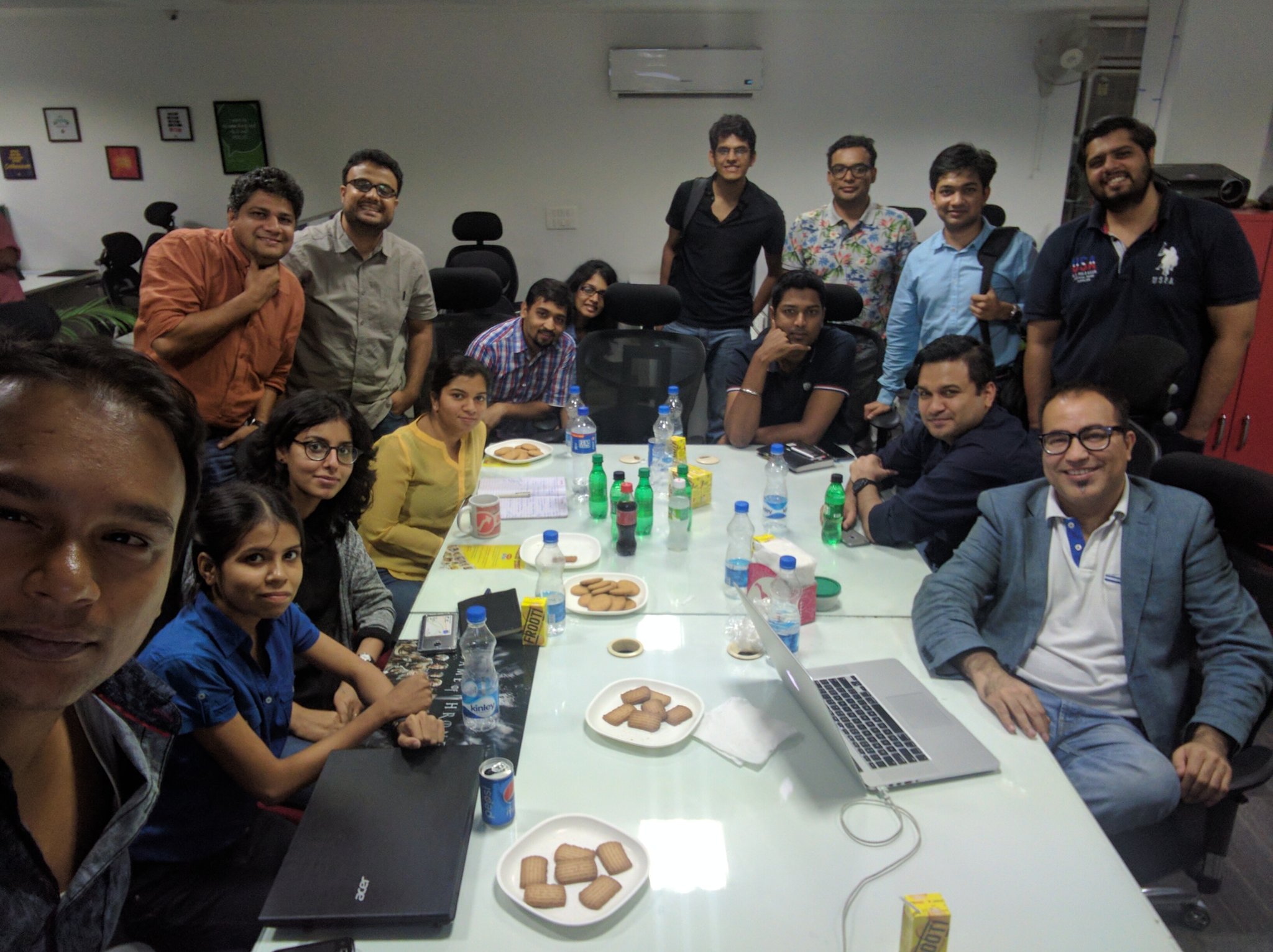 AdPushup is a SaaS company that helps web publishers increase their ad revenue by letting them test and optimize their website’s ad layout. Their expertise has been content marketing, and Ankit shared several details of their experience, learning and strategy which have helped AdPushup become a leader in content marketing in the AdTech software space.
AdPushup is a SaaS company that helps web publishers increase their ad revenue by letting them test and optimize their website’s ad layout. Their expertise has been content marketing, and Ankit shared several details of their experience, learning and strategy which have helped AdPushup become a leader in content marketing in the AdTech software space.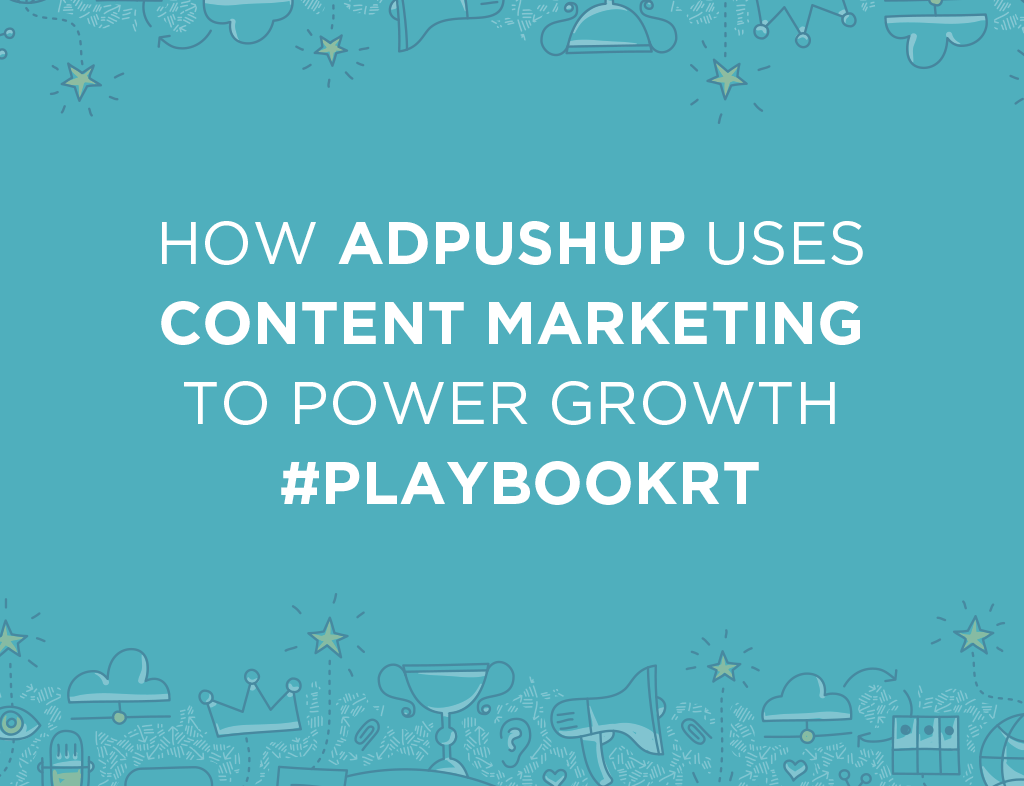 Content Creation
Content Creation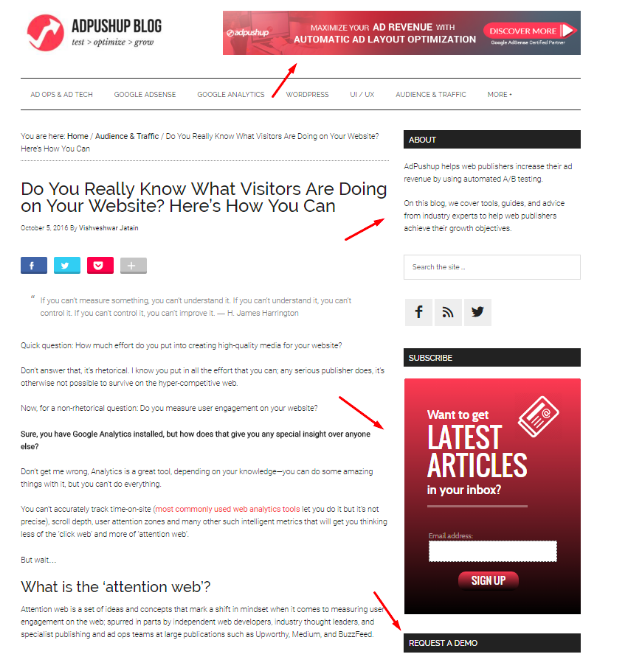
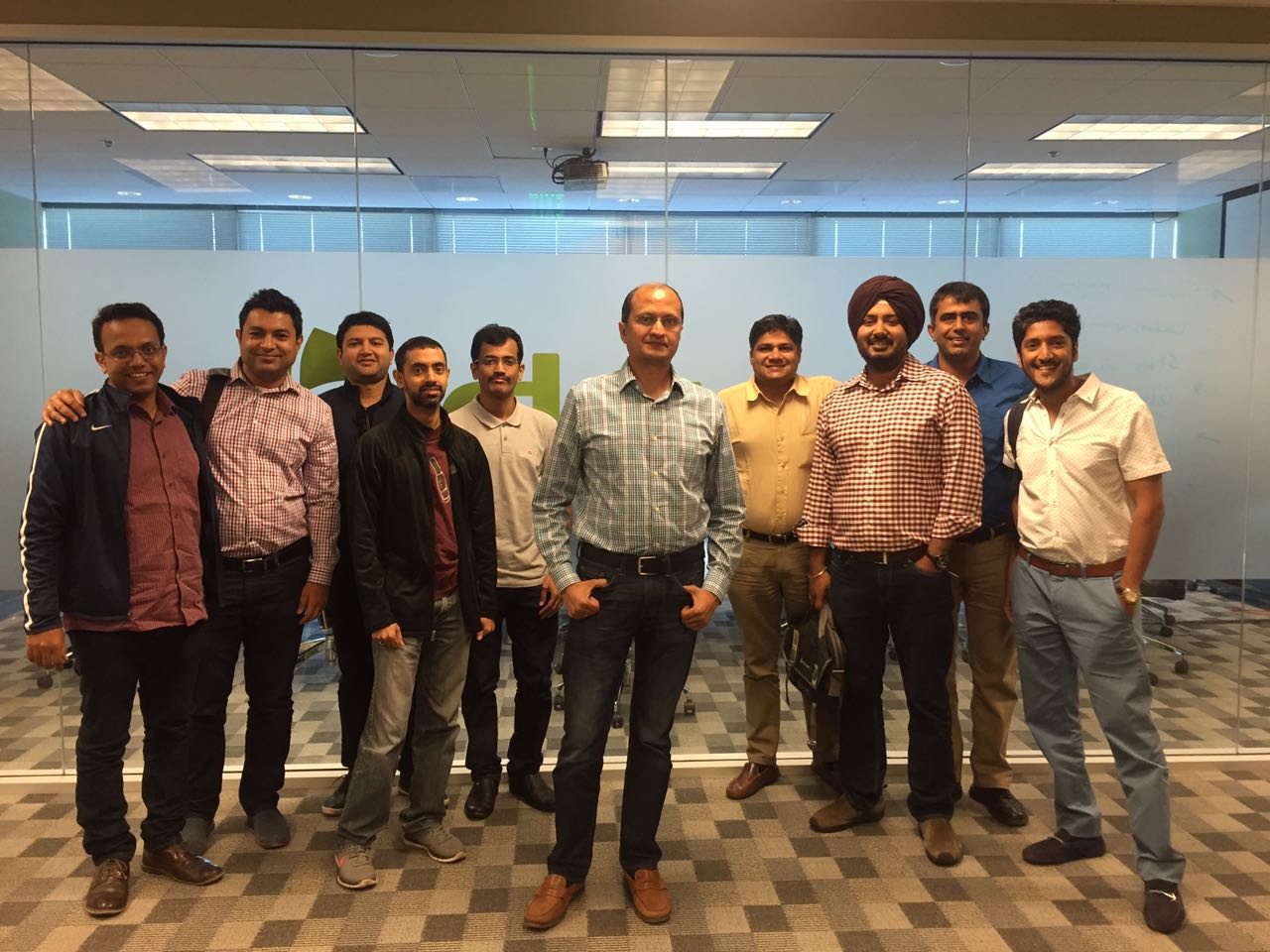 Hiring for wartime is different than for peacetime
Hiring for wartime is different than for peacetime 